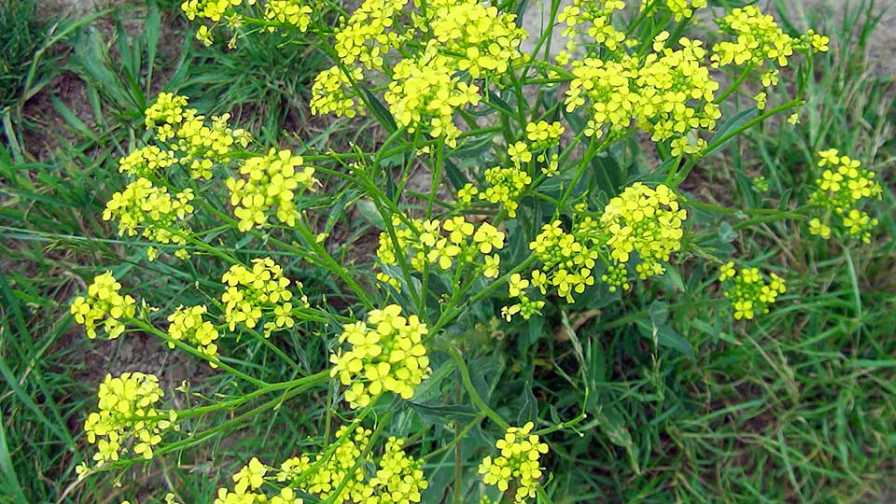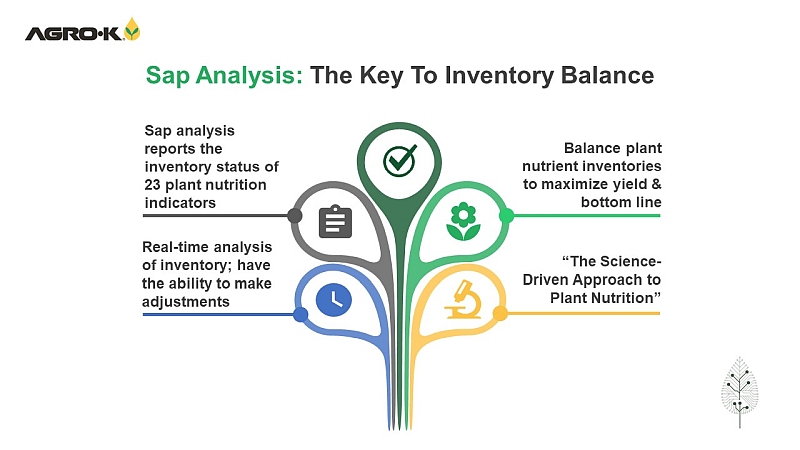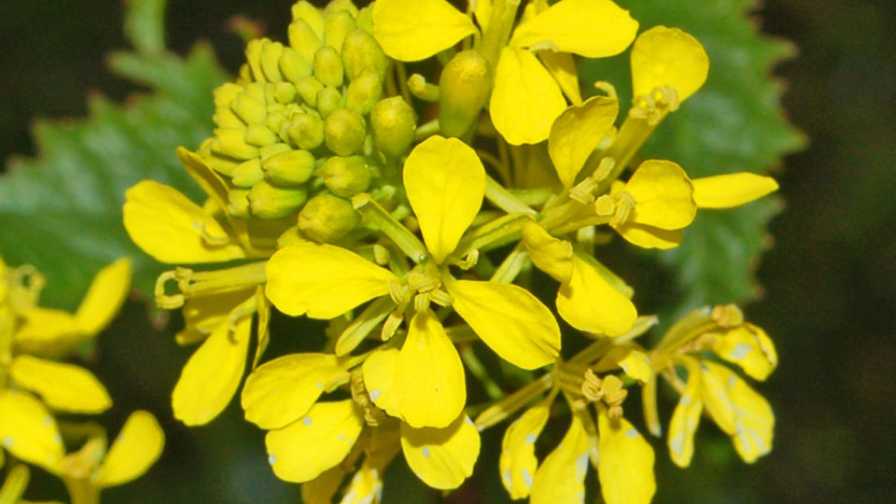Field Scouting Guide: Wild Mustard
This installment “Field Scouting Guide” concentrates on wild mustard.
The following information comes from the Michigan State University wild mustard Extension guide and the Ontario Ministry of Agriculture, Food and Rural Affairs fact sheet.
BASICS
- Scientific name: Sinapis arvensis
- Geographical Range: According to the Ontario guide, “Wild mustard is an aggressive weed that is indigenous throughout most of the temperate regions of Europe, Asia Minor, Southwest Asia, and North Africa. It was introduced into North America and now occurs throughout all Canadian provinces.” It has been spotted throughout the continental U.S. and Alaska.
- Crops affected: Wild mustard provides “an alternative host for a number of pests including insects, nematodes, fungi, viruses and bacteria that cause damage to cultivated crops, especially members of the Brassicaceae (Cruciferae) family. Important crop members include broccoli, cauliflower, Brussels sprouts, and cabbage.”
IDENTIFICATION
Michigan: Seedlings have smooth, kidney-shaped cotyledons and prominently veined, bristly hairy leaves that initially develop from a basal rosette. Lower leaves are irregularly lobed and toothed with petioles; upper leaves are alternate, stalkless to short-stalked with coarsely toothed margins and pointed tips, gradually becoming smaller toward the top. Erect, up to 3-foot-tall stems bolt from a basal rosette to flower.
Stems are bristly hairy at the base, often branched and nearly hairless at the top. You can find bright yellow flowers with four petals in terminal clusters. Fruit are 1 to 2 inches long, cylinder-shaped capsules with a four-angled beak at the tip that contain round, black to purple seeds.
Ontario: You can confuse wild mustard with other annual, yellow-flowered mustards. A distinguishing feature is having one or two seeds in the flattened, terminal beak of the pod and/or those seeds between the valves of the pod and the stalk of the pod are short and nearly as thick as the pod.
PEST IMPACT
Ontario: This is a serious weed of cultivated land. It is responsible for reductions in crop yields, dockage losses, and for costly chemical and cultural controls. In spring rapeseed, for example, wild mustard densities as low as 10 plants per square meter can reduce rapeseed yield by 20%.
RECOMMENDED TREATMENT
Ontario: Since wild mustard is an annual plant that reproduces only by seed, you can control this weed by mechanical cultivation of emerged seedlings. However, cultivation of infested land is often impossible since wild mustard seed germinates at about the same time as spring planted annual crops.
Chemical control of this weed can be achieved with:
- Sulfonylurea herbicides (chlorimuron, ethamet-sulfuron, nicosulfuron, thifensulfuron-methyl)
- Imidazolinone herbicides (imazethapyr, imazamox), triazolopyrimidines (flumetsulam)
- Members of the triazine family of herbicides (atrazine, cyanazine, simazine, metribuzin)
- With phenoxy type compounds (2,4-D, MCPA, MCPB)
- Substituted ureas (linuron, monolinuron, metobromuron)
- Bentazon
- Benzonitriles (bromoxynil)
- Or with tank-mixes including any of the preceding chemicals.
Michigan: For biological control, growers can use tillage and rotary hoeing to control wild mustard. For best results, till before weeds exceed 1/4 inches in height. Ground beetles (carabids) also eat wild mustard seeds lying on the soil. Flaming can be effective on small plants.












